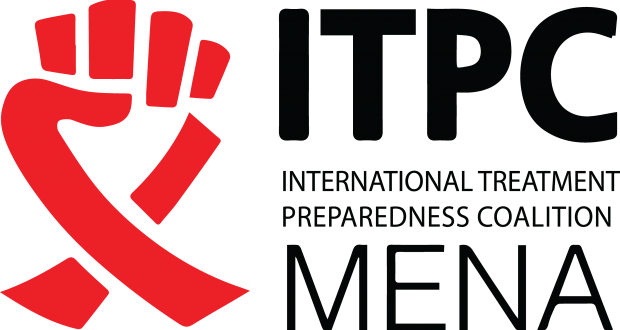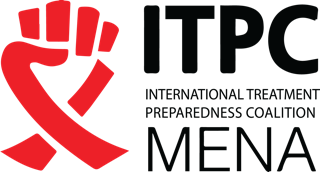UNAIDS includes the following countries in its MENA grouping: Algeria, Bahrain, Djibouti, Egypt, Iran, Iraq, Jordan, Kuwait, Lebanon, Libya, Morocco, Oman, Occupied Palestinian Territories, Qatar, Saudi Arabia, Somalia, Sudan, Syria, Tunisia, United Arab Emirates and Yemen.UNAIDS includes the following countries in its MENA grouping: Algeria, Bahrain, Djibouti, Egypt, Iran, Iraq, Jordan, Kuwait, Lebanon, Libya, Morocco, Oman, Occupied Palestinian Territories, Qatar, Saudi Arabia, Somalia, Sudan, Syria, Tunisia, United Arab Emirates and Yemen.
Rates of new HIV infections and AIDS-related deaths are rising faster in the Middle East and North Africa than anywhere else globally:
According to the latest data available from the Joint UN Programme on HIV and AIDS (UNAIDS), there are 230,000 people living with HIV in the 21 countries that make up the organization’s definition of the Middle East and North Africa (MENA).
This is still a very low prevalence of 0.1 percent – compared to parts of southern Africa where one in four people have HIV. Yet while the most-affected regions are now reducing their new infection rates and AIDS-related deaths, and increasing their treatment reach, the opposite is happening in MENA.
Five countries – Iran, Sudan, Somalia, Algeria and Morocco – account for 88 percent of the regional caseload.
Stigmatisation of at-risk groups:
Owing to stigmatization around the behaviours that expose people to HIV/AIDS in MENA, there are no totally reliable figures on infection rates, and even UNAIDS gives a range of between 160,000 and 330,000 of people living with HIV.
Limited ART availability:
Globally antiretroviral therapy (ART) is now available to 40 percent of people living with HIV, but in many countries across MENA fewer than 20 percent of patients are getting treatment, among the lowest rates in the world and a part factor in the sharp increases in AIDS-related deaths, says UNAIDS.
Djibouti and Morocco are two exceptions to this, providing treatment to between 20 and 40 percent of adults and children living with HIV. Marginalization of affected populations who are less willing and able to articulate their demands for treatment is part of the story.
However, despite MENA’s overall poor treatment record, some governments, including Morocco and Oman, have won praise for scaling up their HIV programming.
Civil society organizations in countries like Tunisia, Morocco, Lebanon and Algeria have also been hailed for their work in raising awareness and advocating patient rights.
At a policy level the Council of Arab Ministers of Health has endorsed the Arab Strategic Framework for the Response to HIV and AIDS (2014–2020), following the adoption by the Arab Parliament of the Arab Convention on HIV Prevention and the Protection of the Rights of People Living with HIV in March 2012. Even highly conservative countries like Saudi Arabia now have governmental HIV programmes.
Positive developments:
Creation of the International Treatment Prepaedness Coalition in MENA Region; MENA-Rosa, the first regional group dedicated to women affected by HIV; and the emergence of lesbian, gay, bisexual, and transgender (LGBT) support groups, as some of the more positive developments in recent years.



